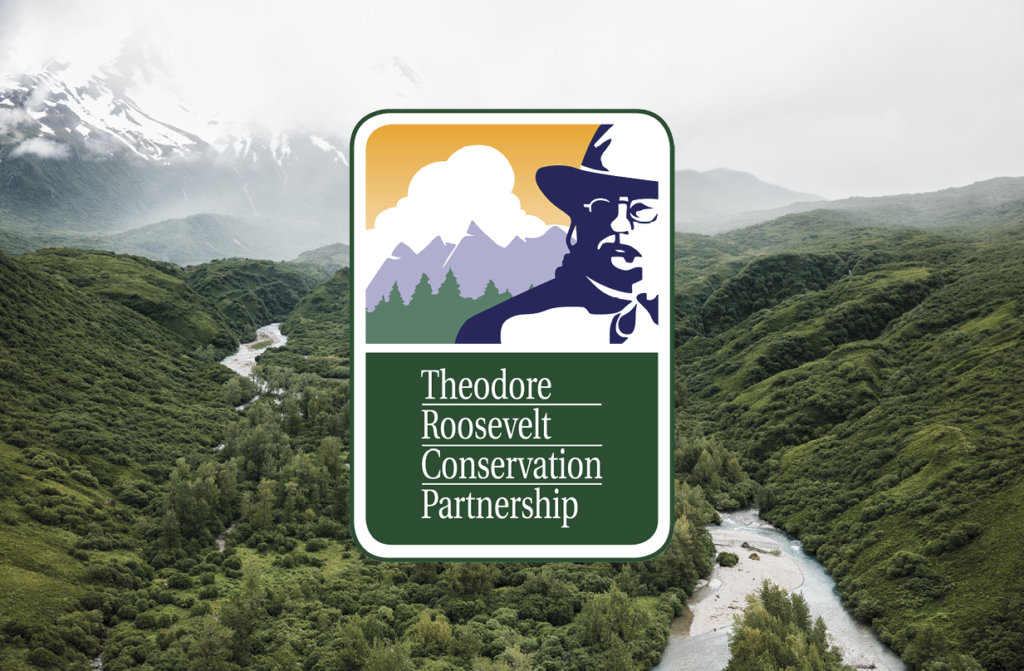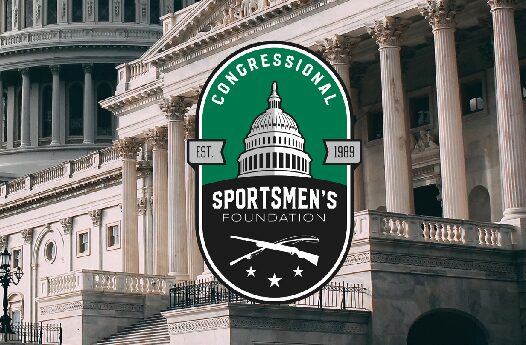80,000+ Landlocked Acres in New York, Pennsylvania, and New Jersey

A new report details the extent of inaccessible public lands in the Mid-Atlantic
The Theodore Roosevelt Conservation Partnership and onX announced today that more than 80,000 acres of public land in New York, Pennsylvania, and New Jersey are entirely landlocked by private land and, therefore, inaccessible to hunters, anglers, and other outdoor recreation enthusiasts.
The Findings
Using today’s leading mapping technologies, the collaborative study found that more than 39,000 acres of public land in New York, 27,000 acres in Pennsylvania, and more than 14,000 acres in New Jersey are landlocked and inaccessible to the public unless private landowners grant individual permissions to cross their properties. The detailed findings are now available in a new report, “The Mid-Atlantic’s Landlocked Public Lands: Untapped Hunting and Fishing Opportunities in New York, Pennsylvania, and New Jersey,” which also unpacks the history of the issue and how these states are working to solve it.
“The issue of landlocked public lands is one that has captured the attention of outdoor recreationists and lawmakers in recent years, and for good reason: These lands belong to everyone, yet they are currently unavailable to the general public,” said Joel Webster, with the Theodore Roosevelt Conservation Partnership. “Access is absolutely vital to our community and to the future of hunting and fishing. We hope that decision-makers will see this report’s findings as strong evidence that programs to improve and create new access need robust support.”
Of the various types of public land examined by the report, the majority of landlocked acres in each of the three states were state lands, followed by combined county/municipal acres. Ranging in size from just a few acres to several hundred, these parcels could potentially offer recreationists in the region new opportunities to get outdoors both in rural areas and those closer to major urban centers, where there is a growing recognition of the need for outdoor access.
“Public land access is vital to outdoor enthusiasts,” said onX access advocacy manager Lisa Nichols. “Because handheld GPS technologies have made it easier to discover areas of public land—particularly isolated, small, or out-of-the way parcels—these landlocked acres represent lost opportunities that would otherwise be available to all of us. Expanding access to these places would offer very real benefits to communities, especially those in places where the possibilities to get outside and enjoy the outdoors are relatively limited.”
The Solutions
Last month’s passage of the Great American Outdoors Act secured full funding for the most powerful public land access tool, the Land and Water Conservation Fund (LWCF). As a result, the program will now provide a guaranteed $27 million in annual federal funding for public access work. Additionally, at least 40 percent of the program’s overall $900 million budget must be used for state-driven projects. This funding can be dedicated to opening landlocked parcels through each state’s State Comprehensive Outdoor Recreation Plan, part of which prioritizes projects eligible to receive LWCF funding.
The onX-TRCP report further highlights several important state-level programs that help to create new access for public land users.
New York’s Open Space Conservation Plan, established in 2016, prioritizes land acquisitions that fall under seven major types, among which is land that unlocks access to public land beyond. One of the means of supporting these projects is the state’s Environmental Protection Fund, funded by a real-estate tax, which has supplied around $30 million annually for land acquisition in recent years.
“Enhancing access to public lands and quality habitat throughout New York and the mid-Atlantic is absolutely critical to the future of hunting and angling here,” said Todd Waldron, host of the Outdoor Feast Podcast by Modern Carnivore and resident of Chestertown, NY. “Finding places to hunt, fish, and get outside is often cited as the paramount challenge for new hunters, anglers, and outdoor recreationists of all kinds. This great collaborative work by onX and TRCP highlights how landlocked public lands could provide more access opportunities for all New Yorkers to enjoy, ensuring that wildlife and habitat will continue to be supported through hunter and angler conservation funding well into the future.”
Pennsylvania’s Community Conservation Partnerships Program is administered by the Department of Conservation and Natural Resources and can be used to establish access through conservation easements and state land acquisitions. The program is funded by both the state’s Environmental Stewardship Fund and the federal LWCF. In addition, the state game fund is the primary funding source used by the Pennsylvania Game Commission to acquire state game lands.
“Overseeing more than 2.5 million acres of state park and forestlands, this department prides itself on providing wholesome, healthy outdoor recreation to all, which, since the founding of Pennsylvania’s park system in 1893, always has been free,” said Pennsylvania. Department of Conservation and Natural Resources secretary Cindy Adams Dunn. “Our parks’ record-shattering attendance numbers during the pandemic show people need that access and we commend the Theodore Roosevelt Conservation Partnership for its effort to make all public lands accessible to all people.”
“From state game lands to state forests, Pennsylvania’s 5.4 million acres of state lands are critically important for hunting and fishing,” said Derek Eberly, Pennsylvania field representative with the Theodore Roosevelt Conservation Partnership. “But sportsmen and women are losing out on days afield with 27,000 of those public acres being landlocked and inaccessible to the public. Thankfully, Pennsylvania has the state game fund and the Community Conservation Partnerships Program to help unlock these lands through cooperative efforts with neighboring private landowners. We owe many of our outdoor opportunities to these programs, and it is critical that they receive robust funding so that Pennsylvania’s hunting and fishing traditions only grow stronger over time.”
Launched in 2019, Connecting Habitat Across New Jersey is an innovative initiative to secure and improve habitat connectivity by establishing corridors between important areas for game and non-game species. By guiding strategic land acquisitions to tie together parcels of public land, this program also facilitates new and improved access for sportsmen and women, particularly in those areas where public lands are isolated and/or fragmented.
“I’m an avid archer who grew up hunting Pennsylvania state game lands, but I’ve lived in New York City for the past 12 years and public lands in New Jersey offer great hunting areas, a lot of them within an hour of the city,” said Kyle VanFleet, a lifelong sportsman and a member of Hunters Helping the Hungry, a New Jersey-based organization that provides venison to food banks across the state. “I’ve been able to harvest many whitetail deer there with my bow. Landlocked public lands present a unique opportunity to expand access to these types of opportunities, especially where they might be currently limited, which is important both for those of us sportsmen and women living in urban areas and also for recruiting new hunters and anglers.”
The new report follows up on last month’s announcement that more than 300,000 acres of public land are inaccessible in Minnesota and Wisconsin. This analysis builds on a two-year effort to calculate the total acreage of landlocked public lands in the Pacific and Intermountain West. To date, a total of 16.25 million acres of these public lands have been identified.
A companion website, unlockingpubliclands.org, unpacks the issue in more detail and provides links to additional information about landlocked public lands. Visitors to the site can download the report as well as the reports published by onX and TRCP in 2018 and 2019.
Earlier this year, onX also launched a new crowd-sourcing initiative, Report a Land Access Opportunity, with the help of partners, including the TRCP. The program provides the public with a platform to share on-the-ground knowledge about locations where access to outdoor recreation has been threatened or could be improved. The information received by onX is then provided to the relevant nonprofits and land management agencies that can help.
Learn more about the landlocked public lands challenge here.
SHARE ON
You may also like
The role corn plays for gamebirds and economies ac...
Sportsmen’s conservation policy issues from publ...
Sportsmen’s conservation policy issues from publ...


























